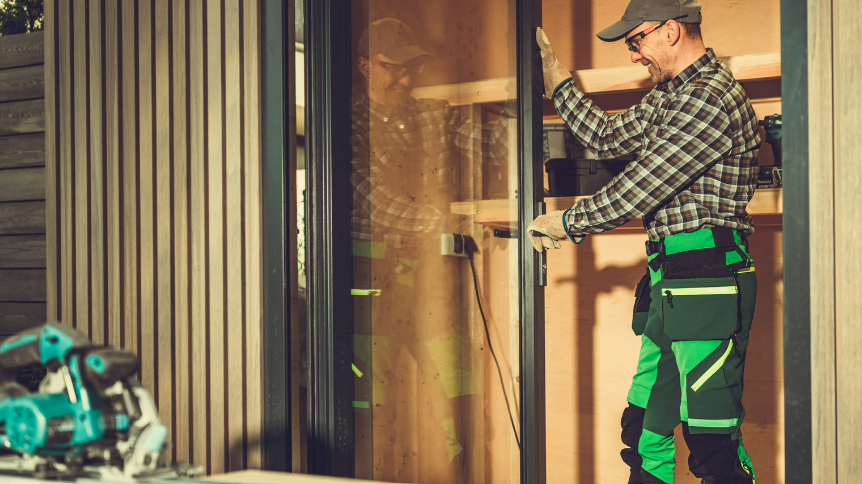Any home should represent a temporary retreat from the hustle and bustle of daily life. So, why not become immersed in the lap of luxury by enjoying the benefits of a home-based sauna? Let’s take a look at some practical suggestions to consider in order to ensure that your sauna leaves nothing to the imagination in terms of comfort and style.
Check the Status of Your Water
Many homes can suffer from a condition known as hard water. Hard water is the presence of dissolved minerals such as calcium and magnesium. The issue here is that hard water can cause some individuals to experience skin irritation; not the ideal situation if you are hoping to enjoy a relaxing sauna session. Furthermore, hard water may damage some of the components within the sauna itself over time. This is why it is important to procure a kit that can be used for water testing. If hard water is discovered, it may be possible to choose sauna accessories that can tolerate high mineral content.
Indoor or Outdoor?
Perhaps you are dealing with a home that does not offer sufficient interior space for a sauna. In this case, why not think outside of the box by installing an outdoor sauna? These structures are great ways to accentuate an existing garden and they can be purchased in a variety of configurations (depending on your personal tastes).
Choosing the Best Type of Wood
Wood has always been the most traditional materials used when constructing a sauna. However, remember that certain varieties are more robust than others. You will need to take into account factors such as the ability to withstand heat without warping, the effects of moisture, a high resistance to mould, and aroma. Most experts agree that cedar is the best wood to employ.

Not only is cedar extremely durable, but it provides a pleasant smell and it is cheaper when compared to other alternatives such as mahogany. These are the very same reasons why gyms and health spas opt for cedar.
Select the Heat Source
There are two primary ways in which a sauna can be heated:
- Electrical heating units
- Wood-burning stoves
Keep in mind that each offers its own benefits. Electrical heating tends to be the most cost-effective option while wood-burning stoves will provide a traditional ambiance. Be sure to weigh the pros and cons of each.
The Size of Your Sauna
How large should the sauna be? While this is a somewhat subjective question, most professionals recommend dimensions of ten cubic metres.

This will provide ample room for you and a handful of guests. However, the footprint may also involve the amount of available space as well as how much money you can afford to spend on its actual construction.
Sit Back and Relax
A home sauna will provide an unparalleled sense of luxury and it can offer years of continuous enjoyment. Do not hesitate to refer back to the suggestions mentioned above if you require additional guidance.






